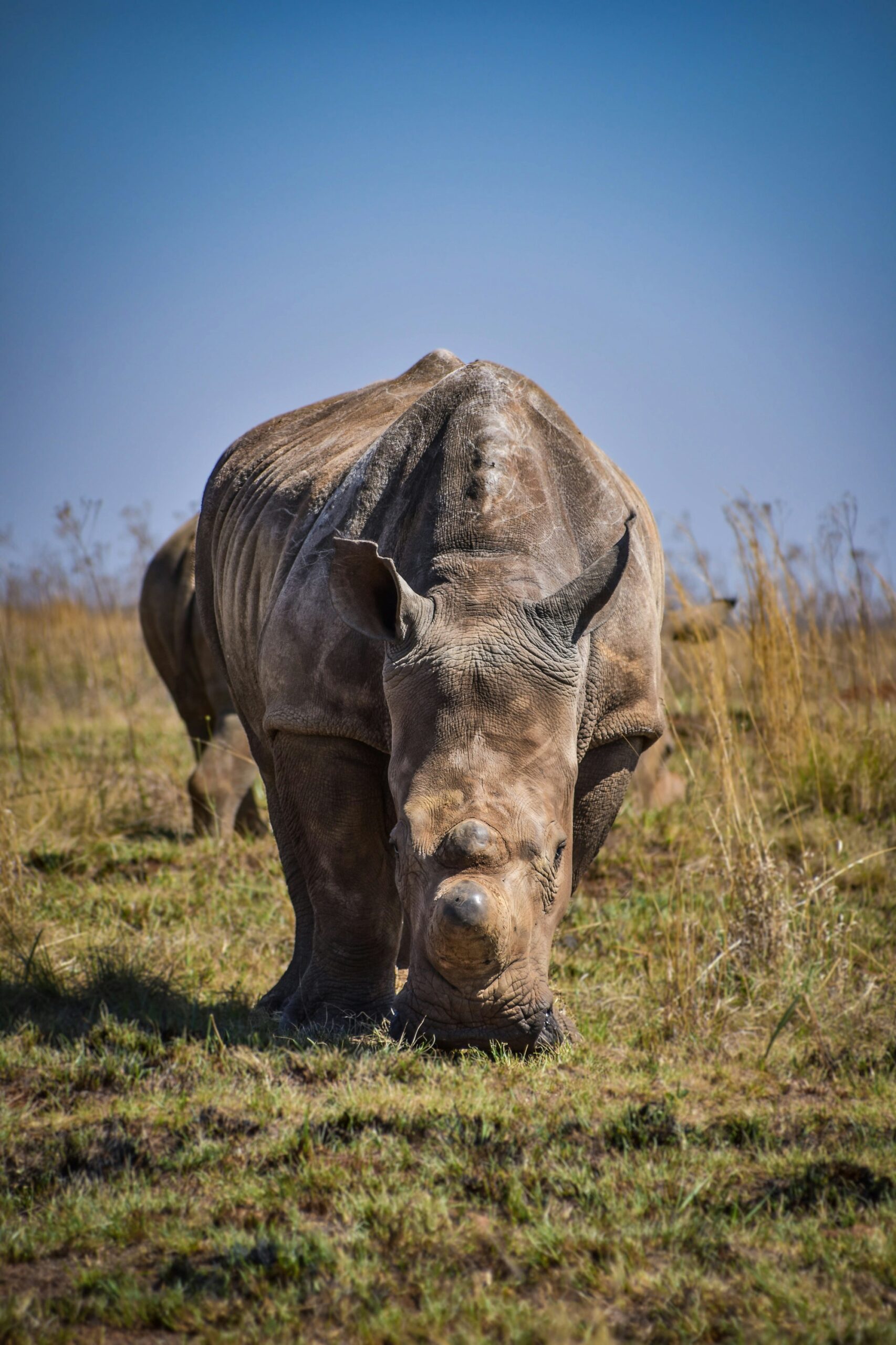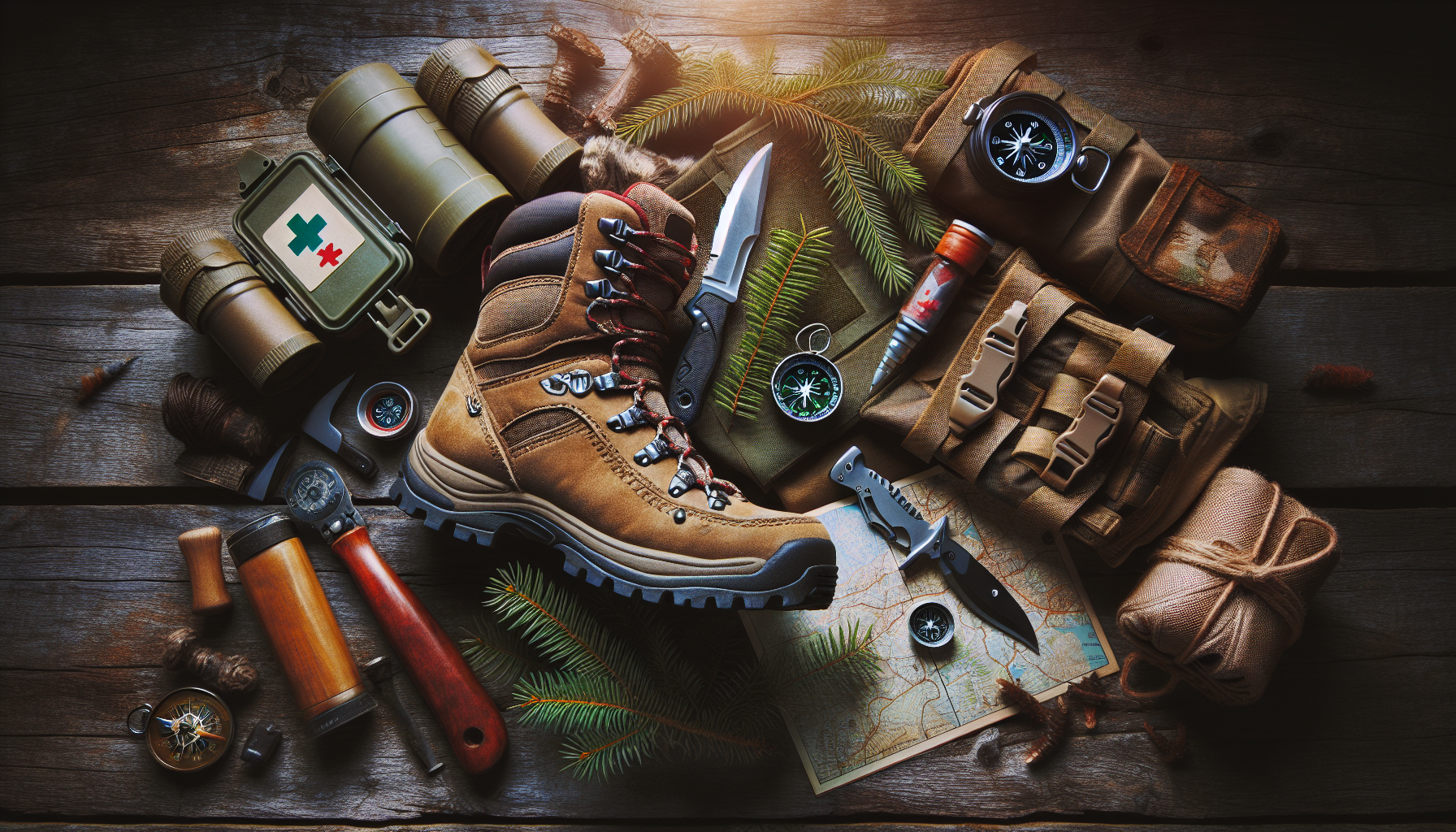Imagine you’re trekking through the untamed wilderness, surrounded by nature’s beauty. But wait, did you just hear a rustle in the bushes? Suddenly, the question strikes you – how can you protect yourself from an unexpected animal encounter? In this article, we will explore some essential tips and tricks to help you safeguard against animal attacks in the wild. So lace up your boots and get ready to learn how to stay safe in the great outdoors!
Understanding Animal Behavior
Researching animal behavior is an essential step in safeguarding against animal attacks in the wild. By understanding the patterns and tendencies of different species, you can better predict their behavior and avoid potentially dangerous encounters. Whether you are hiking, camping, or simply exploring the great outdoors, it’s important to be aware of the behavior of the wildlife that inhabits the area.
Identifying aggressive behaviors is crucial for staying safe in the presence of animals. Aggression can be displayed in various forms, such as growling, snarling, lunging, or raised fur or feathers. By learning to recognize these signs, you can quickly assess whether an animal may pose a threat and take appropriate action to protect yourself.
Reading body language is another valuable skill when it comes to interacting with animals in the wild. Animals often communicate their intentions through various body postures and movements. For example, a dog with its tail tucked between its legs may be displaying fear or submission. By observing and interpreting these cues, you can gauge the animal’s mood and respond accordingly to ensure your own safety.
Preparing Properly
Educating yourself about the wildlife that inhabits the area you plan to explore is essential. Learn about the species that are commonly found in the region and familiarize yourself with their typical behavior. Understanding their natural instincts, feeding patterns, and mating habits can give you insight into how they might react in certain situations.
Understanding the habitat in which you will be venturing is equally important. Different animals thrive in different environments, and knowing the specific features of their habitat can help you avoid unwanted encounters. For example, if you are in an area known for its bear population, be aware of their preferred habitats, such as meadows or riverbanks.
Knowing local laws and regulations is vital for both your safety and the well-being of the wildlife. Many wilderness areas have strict guidelines in place to protect both visitors and the animals that call the area home. Familiarize yourself with these regulations, including any restrictions on feeding wildlife or camping in certain areas. By adhering to these rules, you minimize the risk of conflicts with animals and contribute to their ongoing conservation.

Being Mindful of Your Surroundings
Avoiding surprise encounters with animals is a key aspect of staying safe in the wilderness. Make noise as you walk, especially in areas with limited visibility, such as dense forests. This alerts animals to your presence and allows them to move away before you come into close proximity.
Observing signs of wildlife activity can give you valuable insights into the presence of animals in the area. Look for tracks, scat, or scratches on trees, which can indicate recent animal activity. By being aware of these signs, you can adjust your route or take necessary precautions to avoid potential conflicts.
Listening for animal sounds is another helpful strategy for staying aware of your surroundings. Birds chirping loudly or a sudden silence in the forest could be indications of the presence of predators or other potentially dangerous animals. By actively listening to the sounds of nature, you increase your chances of detecting animals before they come too close.
Maintaining a Safe Distance
Keeping a safe distance from wildlife is crucial for both your safety and the well-being of the animals. Approaching too closely can trigger fear or aggression, resulting in potentially dangerous situations. It is recommended to stay at least 100 yards away from bears and other large animals and at least 25 yards away from smaller mammals and birds.
Avoiding direct eye contact with animals is also important. Eye contact can be seen as a threat or challenge in the animal kingdom. By looking away or averting your gaze, you signal that you are not a threat and may help diffuse potentially hostile situations.
Using binoculars or a zoom lens allows you to observe animals from a safe distance without intruding on their space. This enables you to appreciate their beauty and behavior while minimizing any potential risks associated with close proximity.

Carrying Essential Safety Equipment
Carrying bear spray or pepper spray is a precautionary measure that can provide you with added protection in the event of an animal encounter. These sprays are specifically designed to deter aggressive animals and give you a valuable tool to ward off potential attacks.
Having a whistle or noise-making device can also be beneficial in alerting animals to your presence and scaring them away. Animals often have heightened hearing and may react to loud noises that indicate potential threats.
Carrying a first aid kit is essential for any outdoor adventure. In the event of an animal encounter resulting in injury, having basic medical supplies can make a substantial difference in treating wounds and preventing infection.
Staying in Groups
The power of numbers cannot be underestimated when it comes to wildlife safety. Traveling in a group significantly reduces the chances of an animal attack. Animals are less likely to approach or feel threatened by a larger group, as they generally prefer to avoid confrontation.
Keeping children and pets close is important for their safety as well. Children may not fully understand the potential dangers of wildlife encounters, and pets can inadvertently provoke animals through their curious and unpredictable behavior. By keeping them within arms’ reach, you can quickly intervene if a potentially dangerous situation arises.
Avoiding isolation is also key to minimizing the risk of animal attacks. Animals are more likely to target individuals who are alone, as they appear weaker and more vulnerable. By staying close to other hikers or campers, you create an environment that is less attractive to animals seeking potential prey.

Securing Food and Waste Properly
Using bear canisters or food lockers is crucial when camping in areas with bears or other wildlife known to be attracted to human food. These containers are designed to be bear-resistant, ensuring that your food is safely stored and inaccessible to animals. By securely storing your food, you minimize the chances of attracting animals to your campsite.
Hanging food in a bear bag is an alternative method for storing food in bear country. The bag is hung from a tree branch at least 10-15 feet above the ground and 4 feet away from the trunk. This technique keeps food away from animals while also preventing them from associating human scent with a potential food source.
Packing out all trash is essential for maintaining a clean and safe environment for both humans and wildlife. Leaving behind food wrappers, cans, or other waste can attract animals to camping areas, increasing the likelihood of dangerous encounters. By properly disposing of all trash, you minimize the potential for negative interactions with wildlife.
Respecting Wildlife’s Space
Keeping a respectful distance from animals is crucial for their well-being and your own safety. Approaching too closely can cause stress or alter their natural behavior patterns. It is important to remember that wild animals are not accustomed to human presence and should be observed from a distance that does not disturb them.
Not approaching nesting or denning sites is particularly important during breeding seasons. Animals can become highly protective of their young and may exhibit aggressive behavior if they feel threatened. By giving nesting or denning sites a wide berth, you minimize the risk of unintentionally provoking an animal.
Avoiding feeding or interacting with wildlife may seem tempting, but it can have detrimental effects on their behavior and overall well-being. Feeding animals disrupts their natural foraging patterns and can cause them to become dependent on human food, leading to more frequent encounters and potential aggression. Remember, wildlife should always remain wild.

Knowing How to React
Remaining calm and composed is essential in the event of an animal encounter. Panicking or making sudden movements can escalate the situation and trigger aggressive behavior in the animal. By staying calm, you can better assess the situation and make clear decisions on how to proceed.
Backing away slowly is generally the recommended response when faced with an animal that displays signs of aggression or unease. This communicates to the animal that you are not a threat and allows them to maintain their distance as well. Avoid turning your back on the animal, as this can trigger a predatory response.
Making yourself look larger can help deter certain animals from approaching. For example, if confronted by a bear, spreading your arms wide and standing tall can make you appear more formidable and potentially discourage the bear from approaching further. However, it is essential to maintain a calm demeanor while doing so, as sudden movements or aggression can provoke the animal.
Seeking Professional Guidance
Hiring a local guide can provide valuable insights into the behavior and habits of the wildlife in the area. They have the expertise and knowledge to navigate safely through animal habitats, increasing your chances of avoiding potentially dangerous encounters.
Attending wildlife safety courses is an excellent way to educate yourself on how to interact responsibly with wildlife. These courses offer practical advice and provide hands-on training, equipping you with the necessary skills to stay safe in the wild.
Consulting park rangers or wildlife experts can also offer valuable guidance when it comes to safeguarding against animal attacks. They possess a wealth of knowledge about the local wildlife and can provide up-to-date information on recent sightings or potential risks in the area. By seeking their advice, you can make informed decisions about how to stay safe while enjoying nature’s wonders.
In conclusion, safeguarding against animal attacks in the wild requires a combination of knowledge, preparation, and respect for wildlife. By understanding animal behavior, educating yourself about the wildlife and habitat, and following safety guidelines, you can minimize the risk of encounters with potentially dangerous animals. Remember, the goal is to coexist peacefully with nature, appreciating its beauty and diversity while ensuring the safety of both humans and animals.


